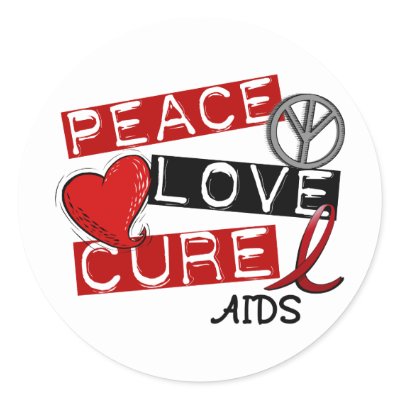SALAM AIDS SEDUNIA!!!!

AIDS
"AIDS research" redirects here. For the journal formerly known as AIDS Research, see AIDS Research and Human Retroviruses.
For other uses, see AIDS (disambiguation)
Acquired immune deficiency syndrome or acquired immunodeficiency syndrome (AIDS) is a disease of the human immune systemcaused by the human immunodeficiency virus (HIV).[1][2][3] This condition progressively reduces the effectiveness of the immune system and leaves individuals susceptible to opportunistic infections and tumors. HIV is transmitted through direct contact of a mucous membrane or the bloodstream with a bodily fluid containing HIV, such as blood, semen, vaginal fluid, preseminal fluid, and breast milk.[4][5] This transmission can involve anal, vaginal or oral sex, blood transfusion, contaminated hypodermic needles, exchange between mother and baby duringpregnancy, childbirth, breastfeeding or other exposure to one of the above bodily fluids.
AIDS is now a pandemic.[6] In 2007, UNAIDS estimated: 33.2 million people worldwide had AIDS that year; AIDS killed an 2.1 million people in the course of that year, including 330,000 children, and 76% of those deaths occurred in sub-Saharan Africa.[7] According to UNAIDS 2009 report, worldwide some 60 million people have been infected, with some 25 million deaths, and 14 million orphaned children in southern Africa alone since the epidemic began.[8]
Genetic research indicates that HIV originated in west-central Africa during the late nineteenth or early twentieth century.[9][10] AIDS was first recognized by the U.S. Centers for Disease Control and Prevention in 1981 and its cause, HIV, identified in the early 1980s.[11]
Although treatments for AIDS and HIV can slow the course of the disease, there is no known cure or vaccine. Antiretroviral treatment reduces both the mortality and the morbidity of HIV infection, but these drugs are expensive and routine access to antiretroviral medication is not available in all countries.[12] Due to the difficulty in treating HIV infection, preventing infection is a key aim in controlling the AIDS pandemic, with health organizations promoting safe sex and needle-exchange programmes in attempts to slow the spread of the virus.
| The Impact of HIV/AIDS | |
Over the past 27 years, nearly 25 million people have died from AIDS.1 HIV/AIDS causes debilitating illness and premature death in people during their prime years of life and has devastated families and communities. Further, HIV/AIDS has complicated efforts to fight poverty, improve health, and promote development by:2
|
PERUBATAN

orang cakap cicak tokek ni leh ubat penyakit HIV dan AIDS tapi tak tau la...tp sekarang ni mmg yg menjadi kegilaan ramai tau...harge cicak ni leh mencecah sejuta...huhuhu...tu la...mmg sekarang ni orang ramai mencari cicak ni...cicak ni byk berada di Indonesia...so...org ramai yg nk membantu...sila la membantu orang yg membantu...orang yg berkemampuan...harap leh membantu org yg memerlukan...eeermmm...so zura pon xtau ag pe khasiat dye...coz zura bkn doktor la...hahahahha...ni jela yg tau...okay la...nk stop dahmenulis...
letih la...nk berehat...
bye!
assalammualaikum!

SALAM SATU MALAYSIA!
SALAM AIDS SEDUNIA!
PEACE!



No comments:
Post a Comment